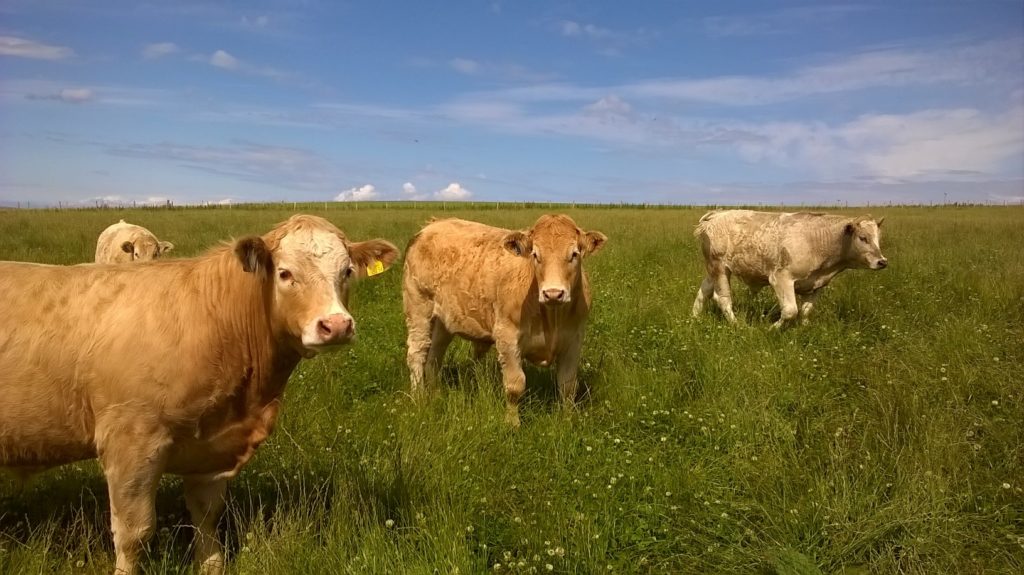Do You Know What Your Cows Weigh?
3 August 2020If you do not weigh your cows on a regular basis you might be surprised to know that the weight range between animals within the herd could be as much as 300 kg! A recent study by SAC Consulting as part of a Scottish Government funded project showed that in six herds which weighed their suckler cows one month before and one month after calving, there was an average difference of 232 kg between the heaviest and the lightest cows at the pre-calving weighing. The greatest difference on one farm was 258 kg. This data was based on weighing only 15 cows from each farm and did not include first calved heifers. It is highly likely that if all animals in the herd were weighed, including 1st calved heifers which have not yet reached their mature body weight, the difference could easily be as much as 300 kg.
Why is this information important?
For three reasons, feeding efficiency, selection of replacements and in the application of medicines.
Feeding efficiency
Feeding efficiency varies with bodyweight due to higher maintenance requirements of bigger animals. Maintenance is calculated as 1 MJ ME/10% of body weight + 10 MJ so the maintenance requirement for a 600 kg cow is 70MJ, and for a 700 kg cow 80 MJ. This 10 MJ difference is equivalent to 0.9 kg of barley (or 3 kg of silage at 30% dry matter and 11 ME). When it comes to rationing for the herd average cow weight, any lighter animals will be overfed, and may gain condition over a period of time, meaning higher feed costs. Heavier animals will be underfed if they are not able to increase their intake (depending on restricted access or feed space). They also have a greater requirement for maintenance so less energy is available for either growth, milk production or gaining body condition if required.
Selection of replacements
Mature body weight should also be a factor in deciding which animals to breed from to improve the efficiency of the herd. While we want to avoid breeding from animals that perhaps have had calving issues due to smaller stature or a narrow pelvis, larger cows will cost more to keep, with higher feed requirements and forage intakes. Breeding from smaller cows means that you are more likely to achieve the target weaning weight of 50% of mature cow weight by 200 days.
Application of medicines
Many medicines have dose rates based on amount per kg of body weight (or based on 50 or 100 kg increments of body weight). It is fair to say that many farmers will work off a herd average weight for dose rates. Therefore, the lighter animals in the herd will be overdosed, increasing the cost of treatment. If liveweight is underestimated, heavier animals will be underdosed, meaning that their treatment is less effective and could increase the risk of infection/infestation, as well as product resistance.
Lorna MacPherson, lorna.macpherson@sac.co.uk
Sign up to the FAS newsletter
Receive updates on news, events and publications from Scotland’s Farm Advisory Service

